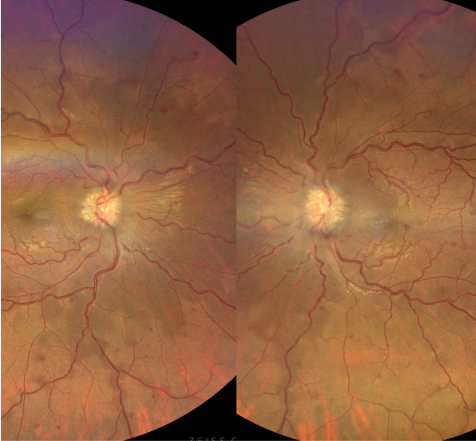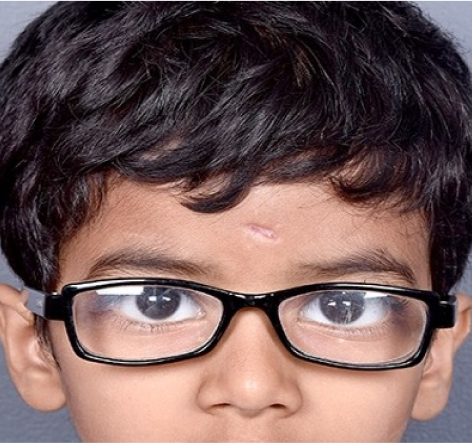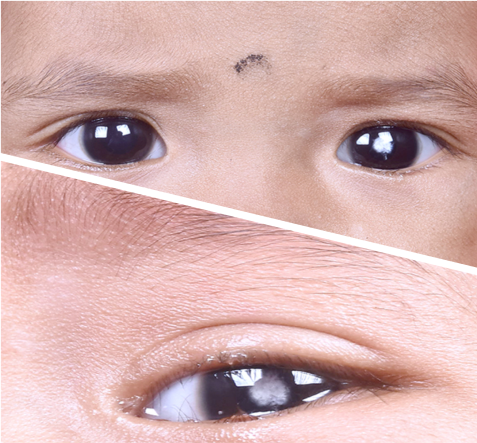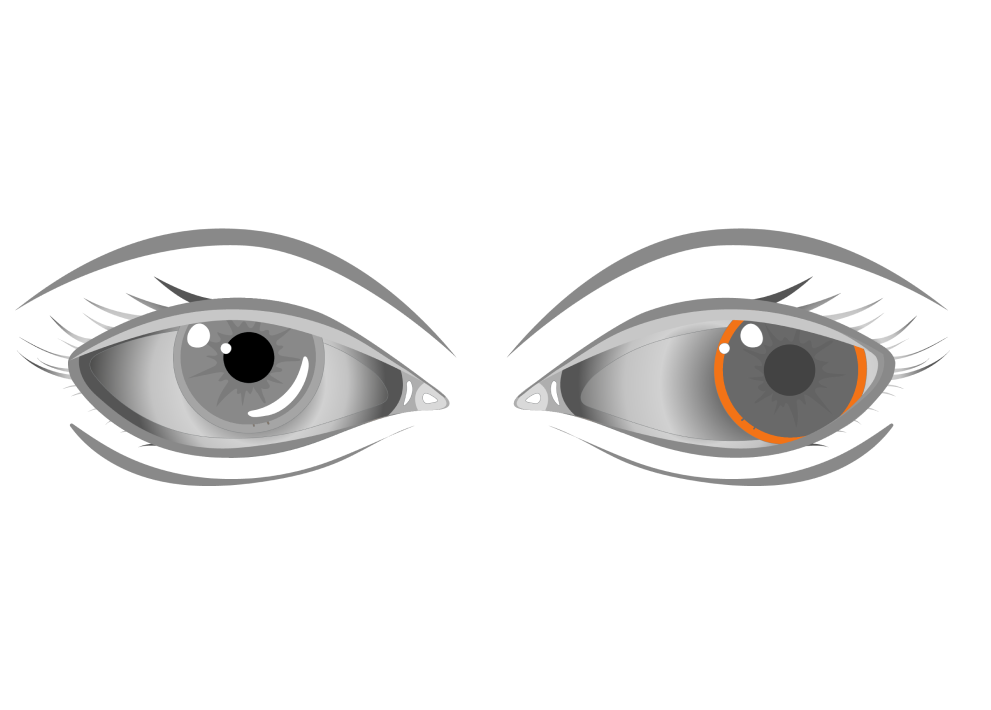What is strabismus(sQUINT)?
Squint (strabismus) also called as ‘crossed eyes’ is a condition of misalignment of eyes. Although it more commonly occurs in children, adults can develop squint due to neurological conditions, trauma or sometimes without any known underlying condition.
What are the Common Eye Problems in Children That Require Treatment?
There are several common eye problems that can develop in children at a very early stage of their lives, these issues will require diagnosis and treatment from a certified pediatric ophthalmologist.
Refractive Errors: Near-sightedness, farsightedness, and astigmatism are common refractive errors that can cause blurry vision in children. Corrective glasses or contact lenses can help correct these problems.
Amblyopia: Also known as lazy eye, amblyopia occurs when one eye is weaker than the other and the brain begins to favour the stronger eye, resulting in poor vision in the weaker eye. Treatment may include corrective glasses, eye patches, or vision therapy.
Strabismus: Strabismus, also known as crossed eyes, is a condition where the eyes are not properly aligned. This can lead to poor depth perception, double vision, and other vision problems. Treatment may include corrective glasses, eye patches, vision therapy, or eye muscle surgery.
Conjunctivitis: Also known as pink eye, conjunctivitis is an infection or inflammation of the conjunctiva (the membrane that lines the inside of the eyelid and covers the white of the eye). It can be caused by a bacterial or viral infection and may require antibiotic or antiviral eye drops.
Blocked Tear Ducts: A blocked tear duct can cause excessive tearing, discharge, and eye infections. Treatment may include massage, antibiotics, or surgery. Ptosis: Ptosis is a condition where the upper eyelid droops over the eye, often due to a weakened muscle.
Childhood Cataracts: Cataract in a child is one of the leading causes of avoidable childhood blindness. In India, it affects 15 children per 10000 childbirths. It is important to identify and treat childhood cataract as early possible as treating late would often result in permanent vision loss.
Allergic Eye Disease: Allergic Eye disease, also called as allergic conjunctivitis is a common eye condition often caused by exposure to dust and pollen from plants. Epidemiological studies in Indian population have revealed 10% of children having allergic eye disease who visit eye care services. If not treated in its early stage, it may also lead to permanent visual impairment due to involvement of cornea. Measures like eye wear to protect from dust, cold compressions, eye drops and avoiding eye rubbing are important part of its management.
Retinopathy of Prematurity (ROP): Children born prematurely are at very high risk of developing ROP which can lead to permanent vision loss. Early intervention in form of laser or surgery can avoid permanent vision loss.
Diagnosis of Eye Cancer: The diagnosis of pediatric ocular problems (eye problems in kids) can be challenging and requires a thorough eye examination by an eye doctor who is trained in evaluating children’s eye health. At Shantilal Shanghvi Eye Institute, trained ophthalmic plastic surgeon and ocular oncologist have years of experience and expertise in delicately treating children with eye related conditions.
How to treat strabismus and other common pediatric eye conditions?

Squint: Treatment of squint is multimodal and varies according to its onset, age of the child and other associated ocular conditions. Very often, squint is managed with help of prescription glasses, some eye exercises, special glasses called prisms and in some cases surgery of the muscles of eye maybe required to align the eyes.

Amblyopia: Amblyopia is treated in multiple ways like glasses, contact lens, occlusion therapy (eye patching), dichoptic exercises and rarely eye muscle surgery. The choice of the treatment will depend upon cause for amblyopia, age at time of diagnosis and severity of amblyopia.

Refractive error: Refractive error is treated simply by use of spectacles/glasses or even contact lenses in some special cases. There are no laser procedures or any medications to treat refractive error (eye power) in children so far.

Childhood cataract: Majority of childhood cataract require surgical removal of natural opaque lens and implantation of clear artificial (acrylic) lens in the eye. This procedure is often performed under general anesthesia, so the child does not experience any kind of pain. Shantilal Shanghvi Eye Institute has state of art anesthetist equipment and Zeiss ARTEVO 800 3D surgical microscope with experienced pediatric anesthetists and pediatric ophthalmologist for smooth painless cataract surgery for your child. Unlike adults, majority children will require use of spectacles after surgery for reading and writing in schools.
How to prevent common Pediatric eye conditions?
-
Regular eye Exams: Children should have regular eye exams starting at age 6 months and continuing throughout childhood to detect any potential problems early.
-
Protection from UV Rays:
Children should wear sunglasses with UV protection when outside to protect their eyes from harmful UV rays. -
Proper Nutrition: Eating a healthy diet that is rich in fruits, vegetables, and omega-3 fatty acids may help prevent certain eye problems.
-
Eye Safety: Children should be taught to wear protective eyewear during sports or other activities that could potentially cause eye injuries.
Contact Us
A unit of Shantilal Shanghvi Foundation
Copyrights © 2023 Shantilal Shanghvi Foundation. All Rights Reserved.


